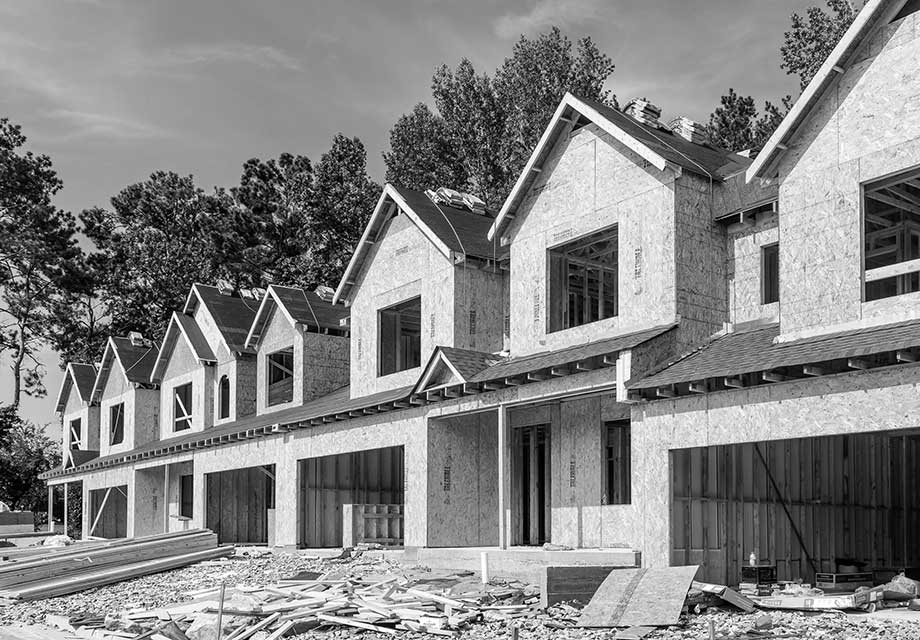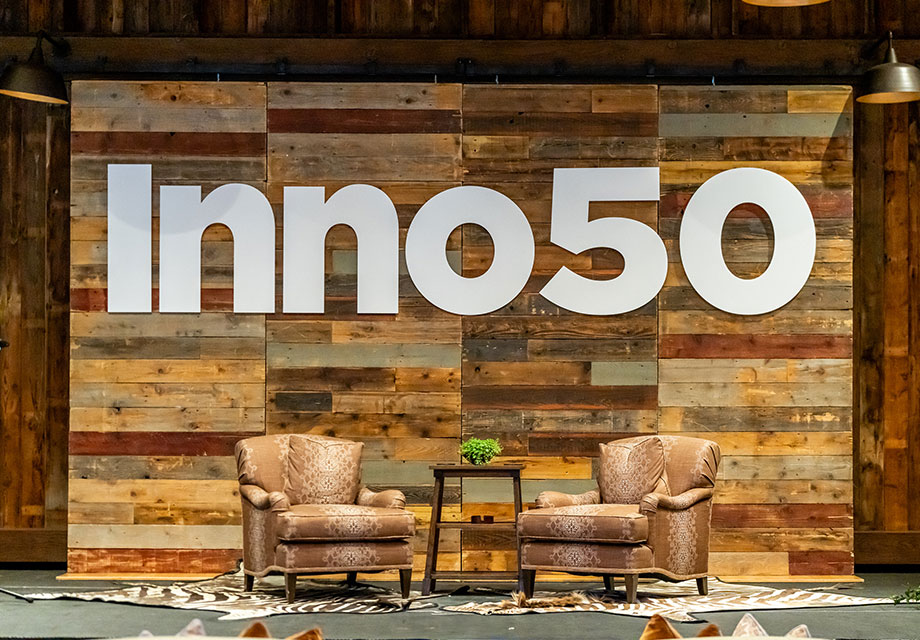Why customer loyalty matters: Rethinking how we engage with homebuyers


Customer loyalty isn’t a term most developers associate with homebuying. After all, homes are high-ticket, infrequent purchases for most people. But, when it comes to master planned communities, customer loyalty can deliver huge benefits — if builders and developers can move past the traditional selling mindset.
It’s not about single home purchases anymore.
At the Urban Land Institute’s recent Fall Meeting, Cecilian Partners CEO John Cecilian, Jr. led a panel discussion with industry experts in customer loyalty, exploring new ways to build lasting relationships with homebuyers. Here are their insights on how master planned communities can better leverage customer loyalty for growth.
Why customer loyalty matters for MPCs
The average person moves 11.7 times in their lifetime.
From the age of 25-65 alone, most people move six or seven times. As Signorelli Company’s Mike Miller pointed out, that’s six or seven opportunities to provide housing across a range of life stages, from starter homes to senior living. Then there are multiple generations to consider, with children growing up in a community, going off to college, and coming back to live where they grew up — and potentially raising families of their own.
That’s a lot of potential for multigenerational sales within one community.
Mike noted that master planned communities have long periods and multiple opportunities to connect with homebuyers, so they can understand buyers’ needs and build lasting relationships. By nurturing lifetime customers instead of focusing on one-time purchases, community developers can also enhance profitability:
Increased revenue: Loyalty leaders grow revenues roughly 2.5 times as fast as their industry peers. Why? Because customer loyalty drives repeat business, allows developers to charge a price premium, and helps generate referral sales.
Reduced costs: Ned Moore of Clutch noted that in many verticals, companies spend much more on customer acquisition than retention. Yet up to 80% of margin comes from their existing customer base — and acquiring new customers can be five times more expensive than retaining existing ones. Increasing customer retention rates by just 5% increases profits by 25-95%.
Let’s look at some key factors in customer loyalty.
Building an effective customer loyalty experience
There are two primary ways to approach customer loyalty: transactional and emotional. Transactional programs are generally built on payment systems, where people make purchases and get rewards in return. But research has shown that those programs typically diminish margin without driving revenue.
The better way, says Ned, is to build strong emotional connections.
The question is, how do you engage someone in a meaningful way when they’re buying from you once every 10 years? Ned offered four areas to focus on:
- Recognition: Track homebuyers’ purchases and preferences, so when it comes time for another sale, you can show that you’re prioritizing their needs.
- Education: Dealing with your company should make people better and smarter. Keep them informed and empowered to make good decisions.
- Convenience: Find ways to fit into customers’ lives and make life easier. Offering virtual services and mobile payments is a great place to start.
- Value: Rather than offering discounts, focus on providing superior service. Like Ben Franklin said, “The bitterness of poor quality remains long after the sweetness of low price is forgotten.”
Stephanie McCarty of Taylor Morrison nailed a key ingredient in customer loyalty: transparency.
Taylor Morrison creates transparency with a digital platform that provides extensive information throughout the homebuying journey, so customers can make informed decisions. Stephanie noted that it’s incumbent on developers to make the buying process easy and enjoyable so people actually want to go through it again — and will recommend the experience to others.
And, as Ned pointed out, loyalty programs aren’t one-size-fits-all. People shop in different ways, and developers need to capture data over time to understand the behavior of different buyers. Give someone the type of info they want in the way they want it, he says, and you’ll create strong connections so that your community feels right to them.
Bottom line, homebuyers don’t need another listing site. They need a loyalty experience that engages with them on their terms.
And that’s where technology comes in.
Leveraging technology for customer loyalty
First things first, according to Cecilian’s Heidi Birchall: To be able to provide a decent loyalty program, you need to treat every customer as an individual. Which means you need to know things about them, including their likes and dislikes as a homeowner. Digital platforms are a cost-effective way to track buyers’ past purchases and preferences. And with everyone carrying a smartphone these days, you can gather insights through buyer behavior. But what do you do with that info?
Heidi offered two examples of customer data in action:
- Four Seasons Hotels & Resorts leverages customer recognition, tracking people’s preferences for things like amenities and food so they can offer exceptional customer service at any Four Seasons property.
- Some Middle Eastern airlines use “loyalty currency” with merchant partners, through linked cards or mobile payments, so flyers who make purchases from those partners receive airline points.
Ultimately, says Heidi, it comes down to what a master planned community stands for. What can the community provide beyond the physical structures of a house, gym, etc. to make people feel truly at home? One idea is partnering with local businesses to offer unique promotions to community residents.This not only makes people feel more ingrained in a community, but can also benefit small businesses through increased transactions.
As Ned noted, picking a community used to be about who had the best amenities. Now, communities need a digital layer to shine, integrating into people’s lives from a technological perspective. Do that, he says, and you’ll never lose them.
Like we said late last year, digital experiences are reshaping the homebuying experience.
In the end, there are nice houses everywhere. For master planned communities, building customer loyalty is about making people feel like they’re part of something. That’s where loyalty and tech come together: knowing who your residents are as individuals and treating them as valued customers for a lifetime.
Meet our panel:
Stephanie McCarty
Chief Marketing & Communications Officer
Taylor Morrison
Mike Miller
Senior Vice President of Land
Signorelli Company
Ned Moore
Chief Executive Officer
Clutch
Heidi Birchall
VP of Loyalty Strategy
Cecilian Partners






































